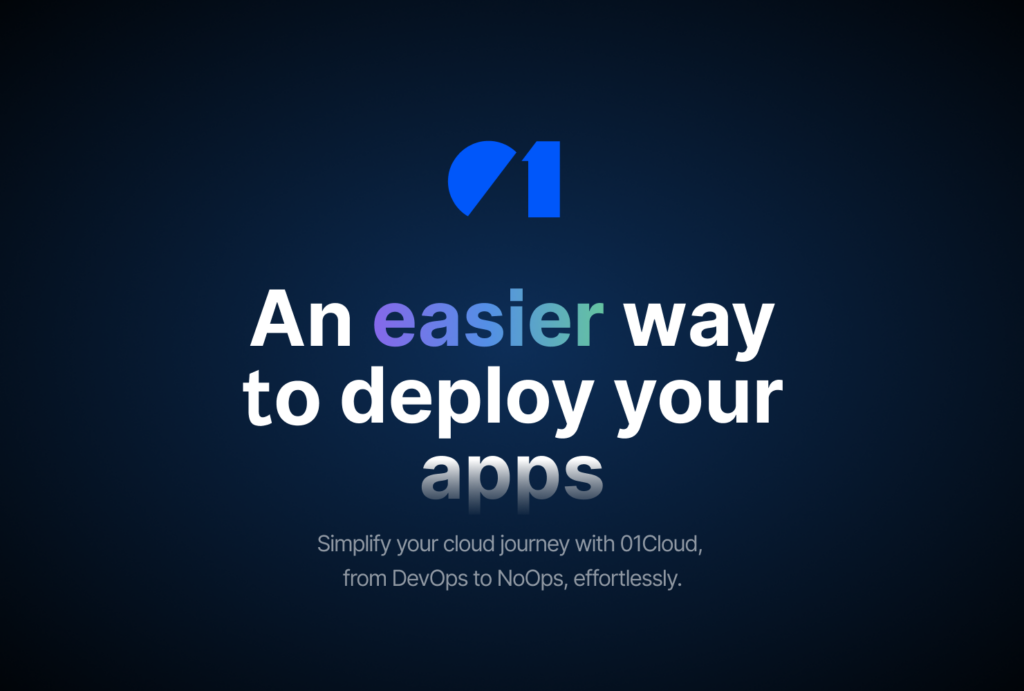Integrating Security into DevOps
DevSecOps Services
Achieve seamless, secure software delivery with our comprehensive DevSecOps solutions.

Enhance your software development process with BerryBytes DevSecOps Services ensuring security is embedded at every stage.
Why Choose Us

Security-First Approach
We prioritize security in every phase of your software development lifecycle.

Expert Team
Our DevSecOps professionals have extensive experience in integrating security practices into DevOps

Proven Methodologies
We use industry-proven methodologies to ensure robust, secure, and efficient software delivery.
What We Offer
Integrated DevSecOps solutions to enhance security and streamline your software development.
Continuous Security Monitoring
Implementing ongoing security assessments to identify and address vulnerabilities in real-time.


Automated Security Testing
Embedding automated security tests in your CI/CD pipelines to ensure early detection of issues.
Compliance Management
Ensuring your applications comply with industry regulations and standards.

Benefits
Strengthen your software development with our DevSecOps services.
Enhanced Security
Reduce security vulnerabilities by up to 70% with continuous monitoring and automated testing.
Cost Savings
Decrease remediation costs by 50% by detecting and addressing issues early in the development process.

SLSA for DevSecOps
From Development to Deployment, We Secure the Entire Supply Chain to Ensure Safe, Reliable, and Verified Releases
Why Choose Us for SLSA in DevSecOps?
Our DevSecOps services implement the SLSA security framework to ensure top-tier security and integrity across your software supply chain. From development to deployment, SLSA safeguards artifacts, minimizes vulnerabilities, and ensures compliance with ease and cost-efficiency.
Comprehensive Supply Chain Security
We implement SLSA practices at every stage of your software supply chain, ensuring that each artifact is verified and secure, from development through deployment.
Increased Transparency and Trust
Our SLSA-driven approach offers full transparency into the security and integrity of your software, with traceable evidence for every step of the process, fostering trust throughout the pipeline.
Proactive Threat Prevention
With SLSA integrated into your DevSecOps pipeline, we identify and mitigate potential risks, helping you avoid vulnerabilities and ensuring smooth operations.
Continuous Threat Monitoring
Security risks evolve, and so should your protection. Our SLAS includes real-time monitoring and automated threat detection across your entire pipeline, ensuring you stay ahead of emerging vulnerabilities.
Benefits of SLSA for DevSecOps
Fortify your software supply chain with SLSA—security, integrity, and compliance in every step.
End-to-End Supply Chain Security
SLSA ensures the security of your software supply chain by verifying and securing every artifact at each step, from development to deployment.
Comprehensive Vulnerability Reduction
SLSA minimizes risks from compromised dependencies and potential attacks, ensuring only trusted components are used in your pipeline.
Accelerated, Secure Releases
Continuous validation of software artifacts enables faster release cycles without compromising security, ensuring safe and reliable deployments.
Reduced Risk and Downtime
By proactively identifying and resolving security threats, our SLAS reduces the risk of downtime due to breaches, giving you a more stable, secure environment.
Effective Compliance Assurance
With SLSA, your software supply chain stays compliant with security standards, reducing manual intervention and ensuring adherence to regulations.
Traceability and Accountability
SLSA provides complete visibility into the integrity of each artifact, offering traceability and accountability for the entire DevSecOps process.
What We Offer in SLSA for DevSecOps
Secure, compliant, and streamlined—our SLSA solutions empower your DevSecOps strategy.

1
Artifact Integrity Verification
- Continuous verification of software artifacts ensures authenticity and integrity throughout your supply chain.
2
Automated Security Audits
- Regular automated audits identify vulnerabilities, keeping your pipeline secure from unverified components.
3
Proactive Active Live Monitoring
- Our 24/7 monitoring provides real-time alerts, quickly identifying security issues and enabling swift resolution for continuous protection of your software supply chain.
4
Incident Response & Support
- Rapid incident response ensures minimal impact and quick recovery from security incidents.
